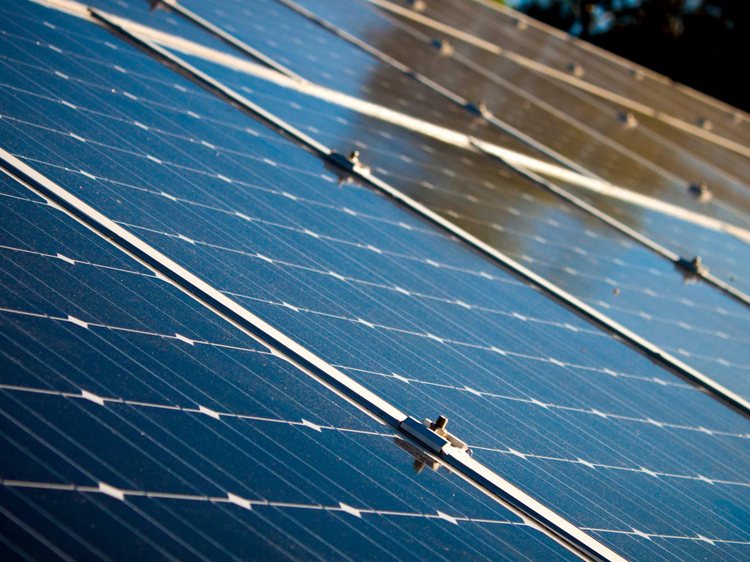
In the photovoltaic industry, vacuum technology is normally used for handling solar cell or solar glass.
The solar cell and solar glass are thin and fragile, very easy to be damaged during picking up and placing.
In the production line of solar cells, the production speed is very high; one work cycle is even less than one second.
AIRBEST wafer gripper SLW series, designed for this special request of handling fragile solar cell with very high speed, meanwhile no damage to solar cell.
Both photovoltaic panels and cells are the closest parts of the solar photovoltaic system. As a part of general knowledge, you must know that photovoltaic cells are among the vital components of a solar panel. Finally, solar panels in proper working conditions help in making up the entire solar system.
The solar industry is offering variable solutions that will help in converting solar energy to heat and electricity. Surprisingly, solar and photovoltaic systems are located primarily in facades and roofs. Sometimes, they are placed in an open space too.
The immense usage of vacuum technology in the photovoltaic industry is another remarkable innovation. Wafers along with strings and cells are handled in the overall process of manufacturing photovoltaic modules. These are exclusive workpieces that are gripped in a gentle manner.
During application, any type of contamination must be avoided at any cost. Simultaneously, the photovoltaic industry comprises of high standards with regard to cycling time along with speed and dynamic. In general, the requirement of vacuum technology is on its way to reach sky height on a daily basis.
Some of the commonly used photovoltaic elements utilized for the manufacturing solar panels comprising thin films include:
Amorphous silicon
Cadmium telluride
Copper indium gallium selenide
Organic photovoltaic cells
Photovoltaic cells are responsible for converting solar energy into electrical energy. In the entire system, the cells are known for exercising this effect. The semiconducting materials in the photovoltaic cells are doped in the P-N structure as internal electrical fields.
Without vacuum, creation of renewable source of energy is hardly possible. The photovoltaic is the best example. It is the method of generating electrical power with the help of solar cells. Finally, the solar energy is converted to renewable energy through the flow of protons.
Some exclusively meant solar cell technologies are solely based on the deposition of thin film as well as the crystallization of silicon wafers. The solar cell deposition can be easily achieved through various methodologies that include:
Physical Vapor Deposition
Plasma Enhanced Chemical Vapor Deposition
Atomic Layer Deposition
Every method is solely dependent on the viable usage of vacuum. Highly reliable service providers offer high expertise along with a complete portfolio of products for supporting variable applications.
Some of the most common applications include:
Thin-film solar cells
Crystalline Solar Cells
Based on your needs, you will be able to make a genuine choice.
Vacuum grippers serve as essential components in the photovoltaic industry. They are helpful in carrying out various activities ranging from the growth of silicon to cell manufacturing. Additional procedures include wafer and final lamination. It is very much essential to select an ideal vacuum gripper having specific criteria in every step.
The right type of vacuum gripper will pose the feasibility of continuous production of renewable sources of energy at a low cost. Hence, it can be concluded that the usage of vacuum in the photovoltaic industry is immense.